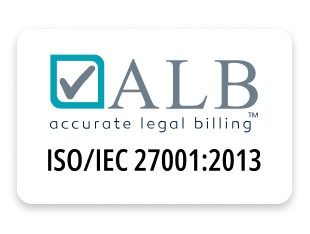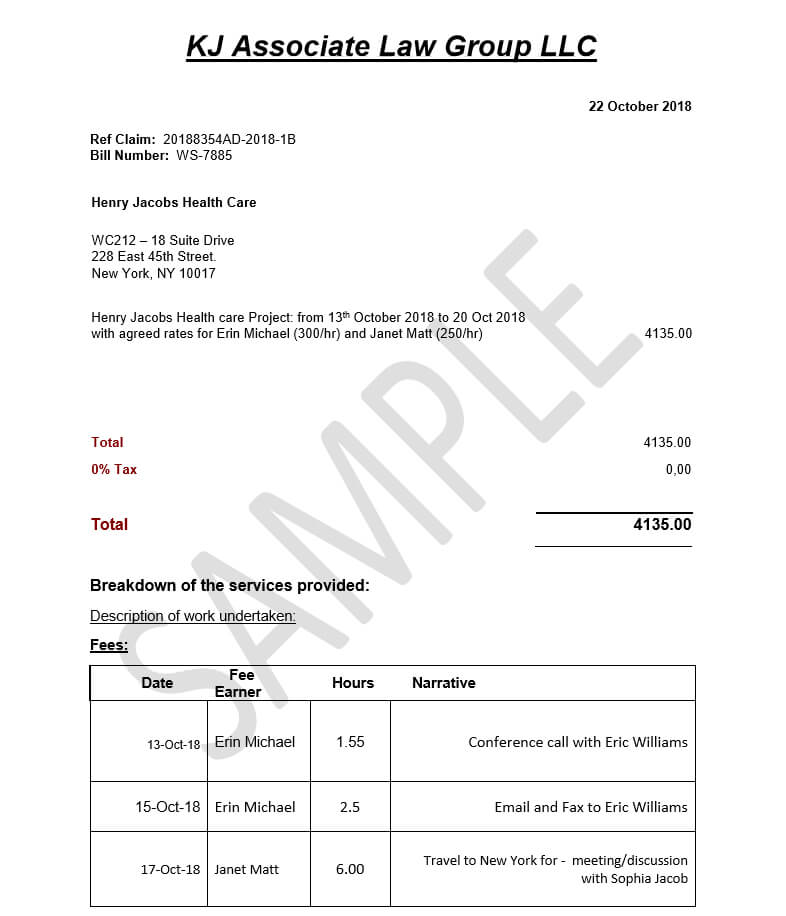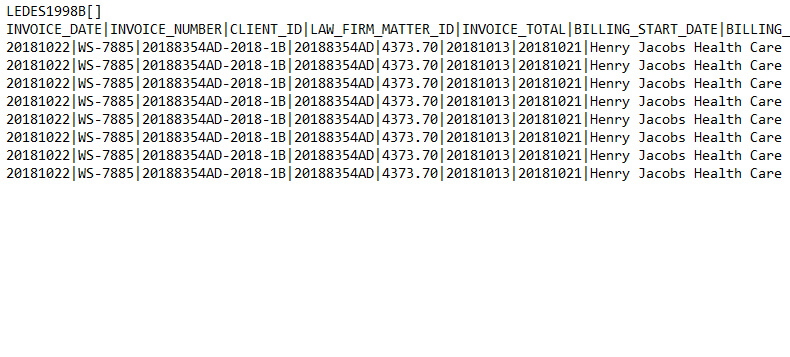
Legal Technology in Practice
A recent study of existing technology in the legal industry revealed that irrespective of size, firms relied on certain core technologies that had similar applications and functions. Topping the list was the document management system, followed by timing and billing, case or matter management tools, financial management tools, and eDiscovery software. There is a drop-off after the top five to other law-related technologies.
Anyone who works in the legal sector will not be surprised by these findings. While these tools may not be exciting, they have become fundamental to the functioning of law firms and legal departments. While discussions on legal technology generally tend to focus on what’s next (robot lawyers! AI bots writing briefs!) the bedrock technologies continue to make incremental improvements and have become central systems for law firms. We are in a period of significant investment in legal technology. With this investment, the quality of tools is improving at a rapid pace. In this environment, law firms and legal departments must make smart decisions about what technology to invest in, what to wait on, and what to skip.
Of course, the best-fit technology for your firm depends on your practice. Finding the right mix of tools for your firm requires research and consideration to avoid wasted time, effort, and money. To cut through the noise, it can help to organize tools into a framework focused on features and fit. Using a simple Green Yellow Red (GYR) analysis can help firms organize technology offerings and to remain focused on tools designed to improve profits and quality of legal work for clients.
Establishing Tech Priorities. Whether your firm has an information technology department or not, it can be difficult to determine technology priorities. A salesperson may call and pitch a lawyer on a new shiny tool that promises to revolutionize a practice area, or a software vendor may sunset a tool requiring a firm to implement a new replacement system. Regardless of the circumstances, it can be hard to determine the right course of action. Applying a decision-making or prioritization framework can help reign in focus or help with evaluating a series of competitor tools. GYR is a simple framework that is easy to understand and does not clutter the process. Of course, feel free to use a process that works for you and your firm. For this post, we will evaluate technologies and whether they are “ready for primetime” using the GYR system.
GREEN: The survey described at the beginning of this post captures the most critical of all currently available legal technology.
- Document management systems (DMS) are critical to all law firms and legal departments. Work product must be maintained in a systematic way that allows for easy retrieval. There are many mature products on the market that are cloud-based or server-based and most are quite cost-effective. A non-exhaustive list of vendors includes: Box, Google Drive, Dropbox are popular free services. Netdocs and iManage provide more comprehensive, legal-focused tools. Most practice management tools will integrate with these major vendors, but be sure that whatever system you choose is able to connect to other systems your firm may work with or plans to work with.
- Practice management tools are next to the DMS as fundamental technology every firm should possess. Managing budgets, keeping time, managing matters, generating reports… these are just a few functions that a robust, comprehensive practice management tool will provide. Accurate Legal Billing (ALB) can provide robust functionality to help you manage your practice. Organize your firm by using a comprehensive practice management tool designed specifically for law firms. Establishing a one-stop-shop for managing your firm’s data is critical to your firm’s bottom line. Investing in a firm management system will free up time to focus on client work.
- As discussed in other posts on this blog, time entry and billing systems are a critical component to law firm profitability. Studies have shown that firms that capture time quickly, ideally on a contemporaneous basis, bill better and manage to retain clients and work. ALB offers a timekeeper-focused solution that can help your firm capture time and bill efficiently.
YELLOW: In the right instances, these tools can add a lot of value for law firms. These tools are not fundamental tech and should be considered as needed.
- Ediscovery has become a norm for litigators. Investing in an e-discovery platform may be essential to your firm if this is a major area of your practice. There are many systems available that can be cost-effective and also meet the requirements of courts and your clients. We include a yellow because, for most firms, this technology may not be a major priority. For firms that do use these tools, e-discovery should be in the green category.
- Matter pricing software or systems may be a stand-alone system or may be integrated into another tool. As a stand-alone tool, matter pricing systems designed around a robust database can provide quick, accurate pricing information for your attorneys. This allows for accurate budgeting and billing, based not on “best-guesses” but on the firm’s own experience. By using a tool like ALB, firms can acquire this yellow-level function as a part of a suite of modules. Rather than implementing multiple tools, ALB allows firms and integrated solution that makes data input easy and allows for easy reporting and use of this data.
- Customer relationship management systems can be essential for tracking engagements with clients through marketing materials, meetings, invites to events, and other interactions. This tool can be a central part of any marketing plan and can help build relationships with clients, making it easy to track and monitor relationships, and helping lawyers develop deeper ties to clients.
- Document assembly and other process improvement tools offer law firms a method of gaining efficiency and streamlining the document drafting process. Reducing the amount of time spent on routine document processing tasks can free up attorneys to spend time focused on substantive client issues. Firms can develop simple document assembly tools in Word or purchase more sophisticated tools which can be used to develop form templates and questionnaires. Streamlining repetitive tasks can save significant time for lawyers and improve quality and many of tools integrate with document management systems. It is important to note that few of these systems are “plug-and-play”, rather they take time to develop and require lawyers to develop template documents.
RED: These tools are at the cutting edge or require more investment of time and resources. Only firms that are willing and able to invest in these tools should bring them on.
- Artificial Intelligence already exists in many tools at firms, but machine learning and other elements that would comprise a robot lawyer still require much more work before they are ready to revolutionize law firms. ALB utilizes some AI functionality in that it can help predict and automate behaviors saving lawyers time and energy in their administrative duties. More complex AI functionality is no doubt in development but is still some time away.
- Blockchain has the capability to revolutionize contracts, but this technology is still very much in development. The concept of automating contracts is something that is important to monitor as our world becomes more and more interconnected.
Use the GYR framework to determine where to focus your firm’s finite time and energy. While legal technology has promise, focusing on foundational tech and building in additional functionality that fits your practice is a sustainable, economical, practical way to integrate legal technology into your firm.
Future of Legal Tech. As a final note on this overview of legal tech tools – 2018 saw significant financial investment in legal tech tools under development. These tools cover a wide range of focus areas. This seems to indicate that more tools are passing the theoretical phase and becoming “ready for primetime”. To ensure readiness to ride a future wave of legal technology, lawyers and law firms should stay aware of the development in the legal technology landscape, adopt the right tools from vendors focused on connectivity with other tools, and remain open-minded about what technology might do for their law practice.
Accurate Legal Billing is an innovative AI-enabled legal time tracking and invoicing platform that helps law firms improve their cash flow, increase their billing efficiency and increase their profit margin by allowing them to prepare and submit invoices that are always 100% compliant with their clients’ billing guidelines.
To schedule a demo with us, click here.

.png)



